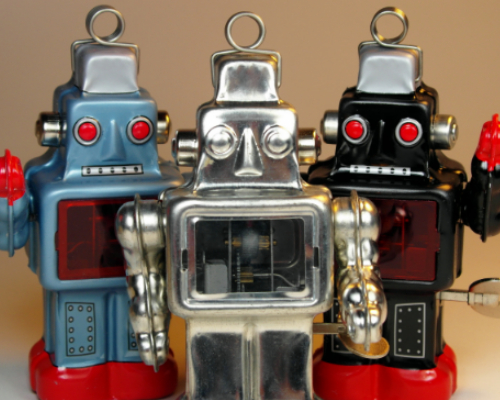Over the past year, I’ve been working on both sides of the book production process. Early in 2017, I sold my book Moonshine—a fantasy novel about flapper wizards—to Angry Robot, a midsized publisher based in the UK. Around that same time, I also began taking book publishing classes as a postbac here at PSU. I studied book marketing, helped organize our annual Write to Publish conference, and did marketing and editorial work on different Ooligan titles. Now I’m officially enrolled in PSU’s Book Publishing graduate program and in the thick of preparing my own book for publication on February 1st, 2018 (UK and ebook) and February 6th, 2018 (US). In the past few months, I’ve found that my education through Ooligan Press and my experiences with Angry Robot have ended up informing each other quite a bit.
The effect of my Ooligan work on my own writing career first became apparent when I mentioned the program to my agent when I got “the Call” from her. “Ugh, don’t even talk to me about tip sheets,” she said. “You’re giving me flashbacks to my days working at a publisher.” By the time I had my contract with Angry Robot in front of me to sign, I felt comfortable with the expectations of the types of copy my book would need for marketing, the general timeline and process for edits, the kinds of considerations that would go into my book’s cover design, and the types of events my publisher would plan for or coordinate with me. On the author side of things, knowing all of that isn’t always immediately applicable, especially when my book is still months from publication. Amid all the excitement of my book deal, though, having a bit of background knowledge about the inner workings of traditional publishing definitely helped keep me from getting overwhelmed.
Working on both the writing and the publishing end of the process has particularly helped me build my empathy for the “other side.” In the spring, I assisted with a developmental edit for an upcoming Ooligan title; over the summer, I received my own notes from my editor at Angry Robot. The discomfort and self-consciousness that comes along with editorial notes is a unique one, but having worn the editor hat myself a few weeks prior, I better understood that my editor’s notes were only meant to guide me, not insult the work I had done so far. It’s easy to internalize editorial comments as the editor saying, “This is garbage,” even when you know that’s not what they mean. And, more importantly, sometimes it is what they mean, and identifying the parts that don’t work is the only way forward to a better-written book. Holding that knowledge in the back of my mind, cemented by my own experience with editing someone else’s book, helped soothe the awkwardness of the process. A little.
I am now working on blog posts to help promote the book. (Good thing I have practice writing blog posts for Ooligan!) Meanwhile, my Ooligan work will continue exploring the ins and outs of design, digital, marketing, and all those gritty details that I thankfully don’t have to worry about with my own book.

